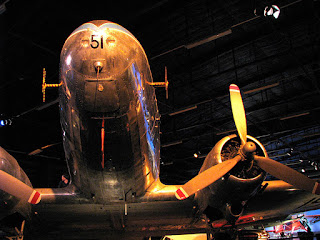Letters from New Zealand: Flying in the Fifties
“My territory when first joining the company included the West Coast in the South Island, and Gisborne in the North. We—the passengers—thought the advent of the DC3 onto these routes was a major leap in technology. They were so much larger than the models in use up until the work-horse from W.W.II became available.
The DC3 did however have one major drawback in that not being pressurised, they were unable—because of oxygen requirements—to climb above the worst of the weather. They also were routed rather like a suburban bus, in that they stopped at Palmerston North and Napier on the way north, and Blenheim, Westport and Hokitika going south. This latter route wasn’t too bad, but the northern trip meant travelling through the Manawatu Gorge which is very subject to weather, and the continual up and down movement was—or must be—like tracking with ground contour radar. Buffeted by the winds that whipped through the opening in the ranges, luggage was tossed out of the racks overhead, and the paper sickie-bags became an item of necessity rather than curiosity.
With no public address system the Captain or First Officer could not announce “If you look out to the right you will see such and such.” Instead, a disembodied hand was thrust into the cabin clutching a small sheet of paper which was then passed from hand to hand round the plane; the hand-written note advising any particular landmark they’d managed to avoid. Since the speeds we were travelling at were so slow, and the number of passengers relatively small, the landmark would still be in view by the time the note reached the end of the cabin.
I always wondered what they might have done in an emergency!”


Comments
Post a Comment